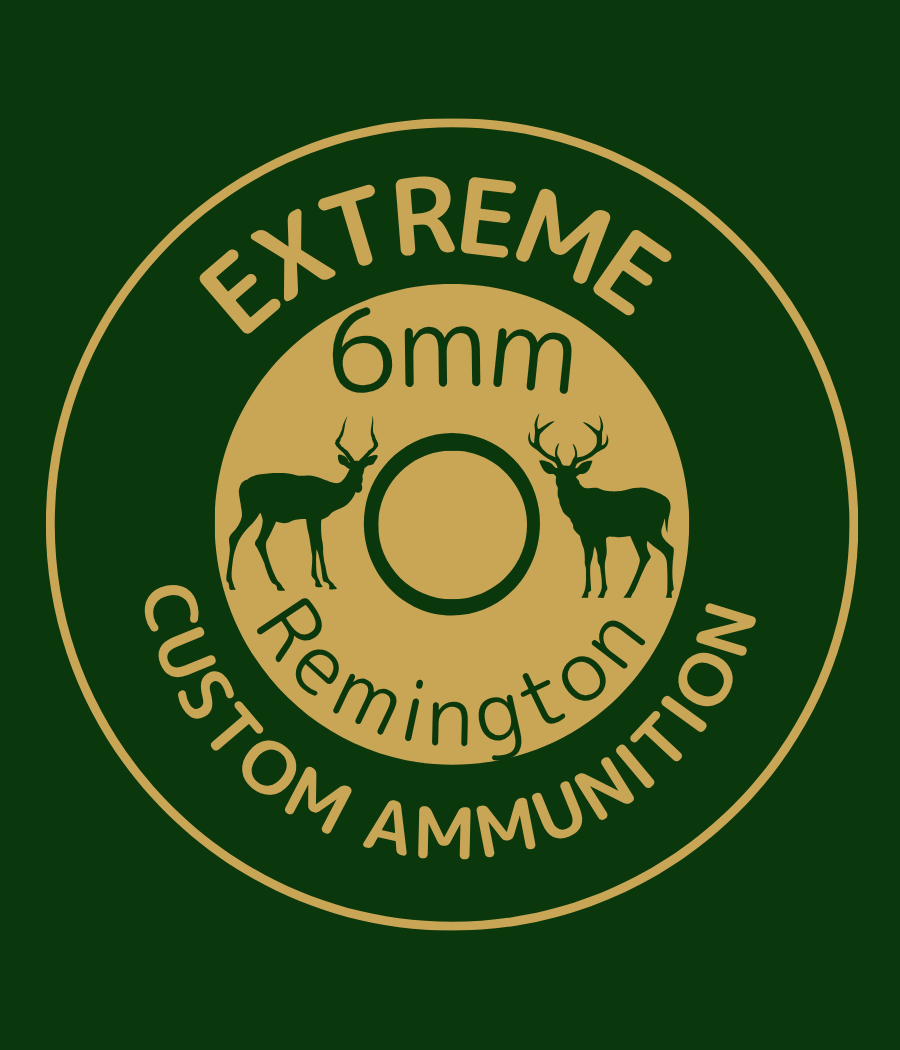Ya know what? Hornady told me my 6.5x06 would not handle their 140gr bullet because of the twist. Tried Sierra and they said it would handle their 140gr bullet with that twist but not their 142gr.
A 150gr bullet in mono has to be longer than the same weight in lead but seems both use the same twist rate. How's that work?
Think of the phrasing that commonly occurs, and the wording of the answers:
Q: Hey fellas will this bullet work in my XYZ?
A: Sure, don't worry about it.
A question that doesn't have enough details to be complete, and an assumptive answer that would make for a rather small bumper sticker; Doesn't address the matter well.
Stabilization of a bullet is mostly concerned with the projectiles length, yes there are some other considerations(weight, etc); but really the length is all that matters practically speaking. Saying a "140gr bullet" doesn't help. Take the Hornady and Sierra you talked about. You didn't say, but if we assume you meant the A-max Vs matchKing; the Hornady is significantly longer.
Twist and velocity gives you rotation needed for stability. But where are you shooting? Mt Everest, or the bayou in Louisiana? It makes a big difference on whether or not it "will stabilize".
Similarly, what are your real velocities and distances being shot? A guy who only shoots max loads in one single atmospheric set of conditions, may be fine on the mountain but not the bayou. So as we learned long long ago at camp Perry, when things change; so do the outcomes.
So it's really best to use a calculator and run it at minimum velocities first, that will help inform you if there is even a prayer at stabilizing things.
The monos, is a slightly different kettle of fish. A lot of them are shaped more like a semi wadcutter, so they don't need as much OAL to get to the same weight as an A-max does. For things like a standard X bullet of the same general form factor, yes you would need a much higher rotation speed to properly stabilize them. That, and the fact that most of them have a higher velocity requirement for bullet operation; is precisely why they suggest you go a couple steps lighter in bullet weight than traditional hunting bullets.
The distance also matters.
If a bullet is in the marginal stability zone upon firing, there are a few things to consider. First is you will not get all of your possible BC, which may make your shooting solution not match reality.
Next is how nasty are the groups at what distances. At 100 yards they may be less than acceptable to you as the bullet isn't properly stabilized. As it travels down range, it will lose a bunch of forward speed rather quickly(drag). However the rotational velocity decay happens extremely slowly. Because it's forward speed slows quickly and it's rotational speed does not, that means that relative to forward speed; it's rotational stability actually increases.
That allows a bullet that is marginally stable when leaving the muzzle, to actually gain stability father down range. Again for the example, maybe the 100 yards groups make you sad, but it may group perfectly well at 300 yards. If you're never shooting to 300+, you wouldn't know this. And that tires right in line, with your good suggestion of "gotta try it to know for sure".
Cheers





